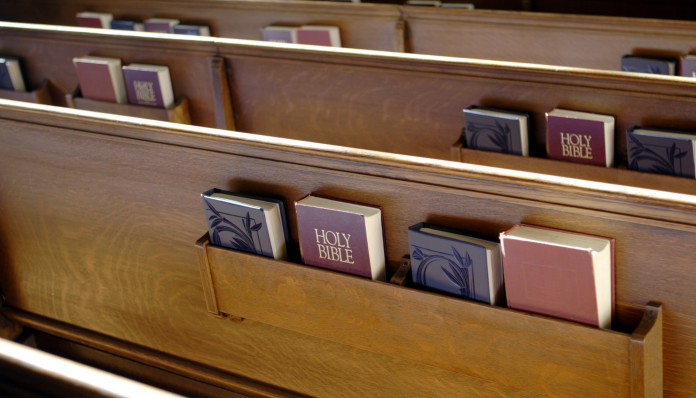When Covid hit, churches focused on shifting from doing church in buildings to doing church online. For an institution that’s not exactly known for radical change, it’s been a fascinating process to watch. I actually saw some signs of hope. There were churches doing some good things and new things.
During those first months, I was talking daily with pastors and church leaders in the United States, Canada and the United Kingdom. I’m guessing I talked with leaders from more than a hundred different churches in those first 10 weeks.
Here’s a compilation of what I heard in those one-on-one conversations:
“It appears that more people are watching our services online than were attending our services before Covid-19.”
“We saw views of our services increase from the time we closed all the way through Easter. In recent weeks, though, the numbers have been declining.”
“We realized we needed to change how we present teaching and worship in our services for an audience who is watching from their living room. We stopped teaching to an empty auditorium and shifted to an off-site location or a studio where we can focus on speaking to the camera. That helps our teaching connect with people better in this season.”
“We are doing much shorter services because the data indicated people stopped watching the longer the services lasted.”
“Almost everyone on our staff team has been redeployed to a new role. Half our team is focused on developing and delivering content for online environments. The other half of the team is focused on caring for people in our congregation. We are making personal contact primarily through phone calls with everyone in our church.”
See. There’s a lot of good news in those comments. As the world changed, the church was open to changing, too.
Now that I’ve shared what I heard in the conversations with pastors back then, let me suggest some realities that I’m not hearing churches prepare for today.
Here’s a hint—The fact that I’m mentioning these topics is an indication that I think you need to be processing these with your team. (Consider this free coaching.)
1. What if we reopen our church and people don’t come back… for many months?
I’m hearing stories from churches across the country that have been open for months, and attendance is still a fraction of what it was before Covid… especially in larger churches. Yet many pastors have returned to seeing their weekend services as their primary form of ministry again.
If your weekend services are not regaining traction and momentum, you’re going to have to decide how to properly allocate your resources between your Sunday service and your other forms of ministry. In “normal” circumstances, I would tell you that anything that requires a lot of time and energy for something that will only engage 20% of your congregation is not a wise investment of resources.
2. What if the people who said they want the church to reopen don’t show up?
In the United States especially, we are very independent people. We like our freedoms. We don’t like our politicians telling us what we can and can’t do… even during pandemics. We want to stick it to the man… at least by what we say on Facebook. Because of that, there was a strong rallying cry around the country for churches to reopen during Covid.
And yet, here we are, getting closer every day to being “back to normal,” and many church auditoriums are still only half-full. There’s a disconnect between what people said they wanted and where their current priorities are.
3. If most people don’t show up for a service at the building, does that mean we need to continue investing our time and energy to engage with people online?
I hope your answer to that is YES!
The Internet’s not going to stop working just because in-person restrictions are lifted. We will still be competing with a culture that expects everything to be available online and on-demand. Because of that, you need a long-term digital strategy to reach new people and encourage those already connected to your church to take their next steps toward Christ. That was the only thing churches could do to survive during this crisis. And it’s also the only way churches will survive after it.
4. If you reopen your buildings for worship services and people show up, will they like the experience and want to come back?
I think this is going to be a stretch… especially for people you are trying to reach. After over a year of having the content of our choice at our fingertips (and from our couch), your weekend services will need to be compelling enough to motivate your average attendee to get up every Sunday morning, put on real clothes, and drive to your physical location.
Now more than ever, we’re competing with the rest of the world for people’s time, attention, and physical presence. Are people finding something real and impactful at your weekend church that they can’t find anywhere else? Are you offering them an experience that’s worth coming back to next week?
Nearly 15,000 churches took our Unstuck Church Assessment prior to Covid, and 80% of those churches self-identified as being plateaued or in decline. (You can take that assessment for free here).
That means that even before the pandemic, four out of five churches were not winning when it comes to fulfilling the Great Commission.
Doesn’t that make you mad? It makes me mad. So if you take anything away from what I’ve said, let it be this:
Just reopening our church buildings for worship services without addressing the underlying issues that were causing the decline will not magically lead to churches becoming healthy in the future.







